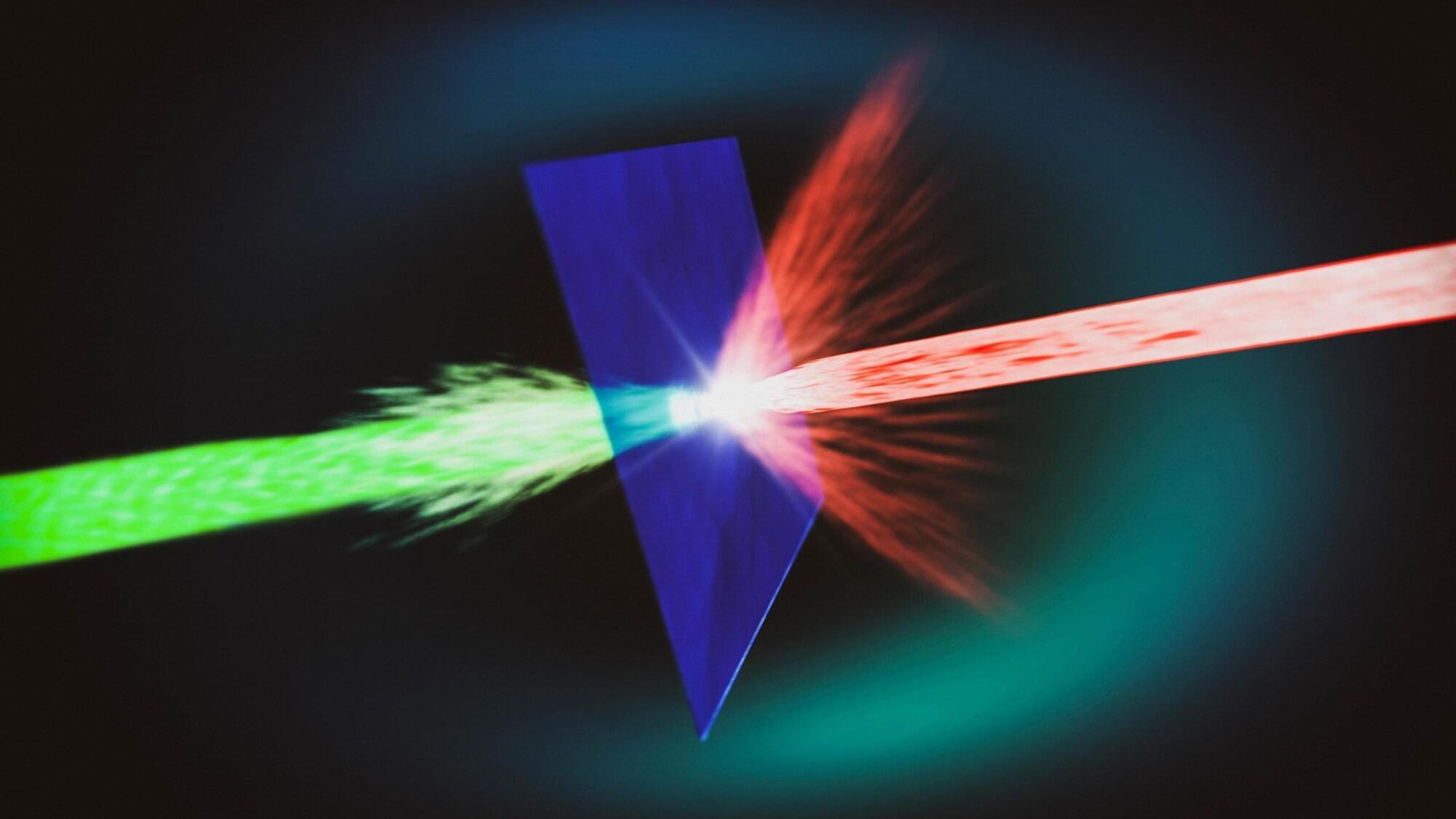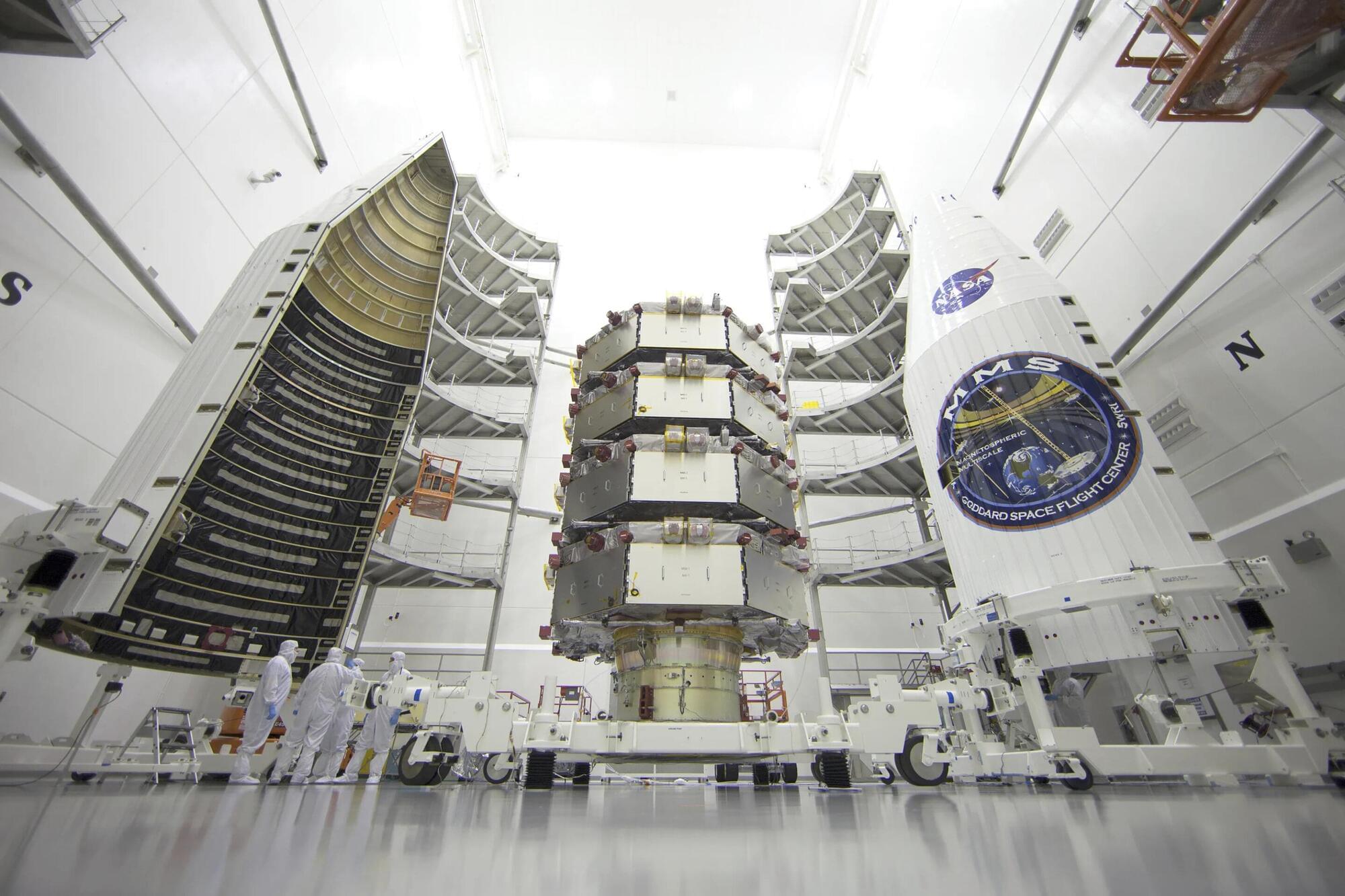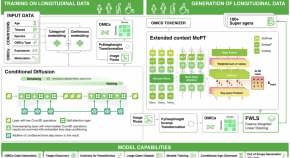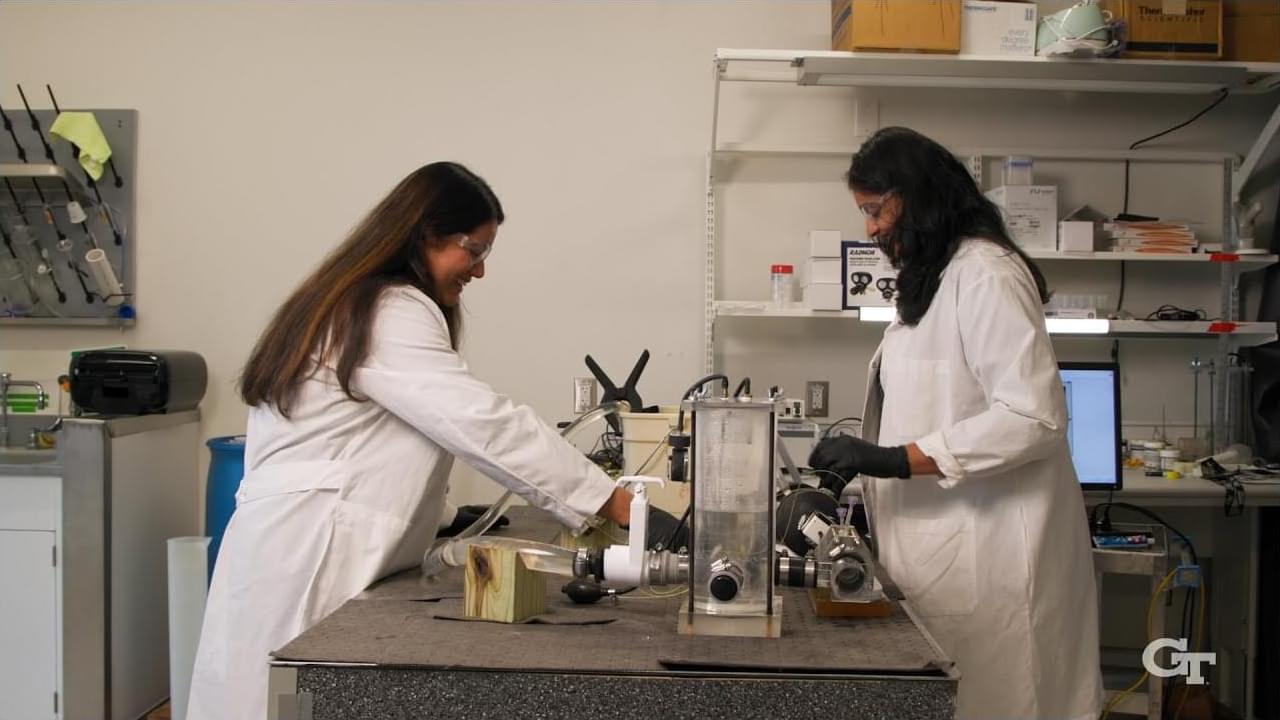01:06 How much is a Tesla Cybercab?
11:22 How have the features and upgrades of the Tesla Cybercab been enhanced?
===
What do you think of a car that can drive itself from the factory straight to your home? A car that will automatically head to the police station if someone tries to steal it or take you to the hospital if you lose consciousness while driving. Or simply, it allows you to enjoy a deep, restful sleep after work and wake up right at your doorstep.
Recently, Elon Musk and his team confidently announced that this vehicle would be available to consumers at just one-fifth the ticket price of Waymo, an incredible deal for two passengers! And you can rest assured about safety, as it has been verified to be 8.5 times safer than a traditional human-driven car.
In today’s episode, we’ll compile all the latest updates on its performance, impressive specifications, final pricing, and a detailed breakdown of its production process, all packed into this 19 minutes. Welcome to Tesla Car World!
As Tesla said the new Cybercab could cost Tesla only half as much to manufacture as a Model Y. This means ticket prices could be significantly lower compared to Waymo, which charges nearly five times the price of a Robotaxi and incurs much higher operating costs due to extensive mapping requirements. This presents a massive profit opportunity for Tesla while offering an incredibly affordable fare for up to two passengers!
Moreover, for the price of a bus ticket—which isn’t always the most pleasant experience—you get a private space, your own cabin. You can relax, sleep, work, entertain yourself, watch a great movie, and travel in the most comfortable and efficient way possible aboard Tesla’s Cybercab.
===
#888999evs #teslacarworld #teslacar #888999 #teslarobotaxi #cybercab #teslacybercab.
subcribe: https://bit.ly/3i7gILj









